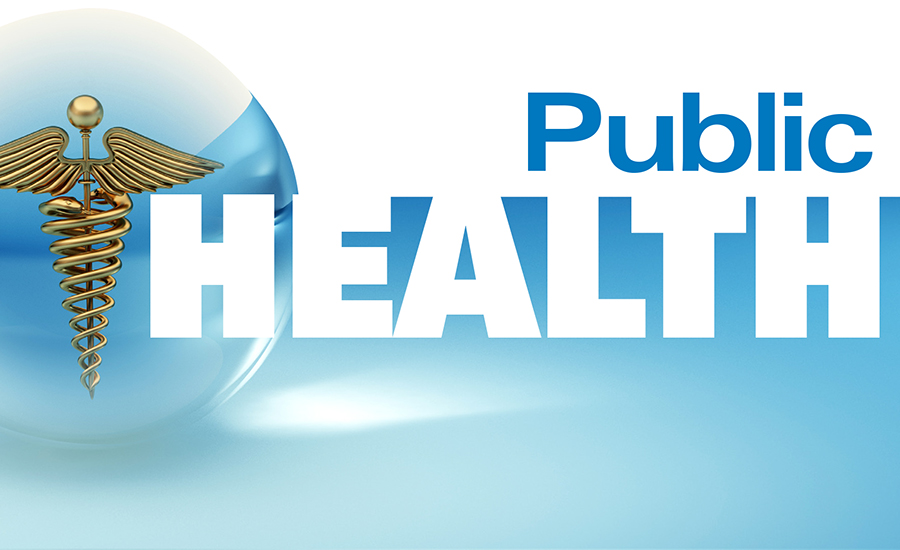The National Toxicology Program (NTP) has completed a series of short-term toxicity studies it conducted over the past year to evaluate chemicals spilled into the Elk River in 2014.
The West Virginia Department of Health and Human Resources (DHHR) noted the scientific studies conducted by the National Toxicology Program indicate West Virginia took appropriate public health measures during the 2014 Elk River chemical spill.
"Good and reassuring news" for residents
“The scientific results of the NTP studies released today upheld the drinking water advisory issued during the Elk River chemical spill which is good and reassuring news for West Virginia residents who reside in the affected communities,” said Dr. Rahul Gupta, Commissioner for the Bureau for Public Health and State Health Officer.
“All together, the NTP findings support the adequacy of the drinking water advisory levels established at the time of the spill,” said John Bucher, Ph.D., NTP Associate Director. “The results identified an opportunity to evaluate a potential health effect in the affected communities. NTP used a comprehensive suite of state-of-the-art toxicology tools to look at the spilled chemicals, and found very little reason for concern about long-term health effects.”
Birthweights being studied
At the recommendation of the National Toxicology Program and Centers for Disease Control and Prevention, DHHR has chosen to launch a birthweight study to perform an analysis of children with low birthweights born during the period of the chemical spill in the nine affected counties. If requested, CDC will provide technical assistance for the analysis.
“NTP, CDC, and the Agency for Toxic Substances & Disease Registry (ATSDR) have been extremely helpful to the State of West Virginia,” added Gupta. “This continued collaboration will help to provide a comprehensive picture of the health and well-being of our citizens.”
Health effects
“It is reassuring that the NTP study results confirm both CDC and ATSDR’s determination in the early days of the spill that the levels of MCHM in drinking water were not likely to be associated with adverse health effects,” said Patrick Breysse, PhD, director of CDC’s National Center for Environmental Health and Deputy Administrator of ATSDR. “CDC and ATSDR support the leadership that West Virginia continues to take to ensure the continued health of its residents, including the low birth weight analysis planned by DHHR’s Bureau for Public Health.”
DHHR Cabinet Secretary Karen L. Bowling commended the leadership of Gov. Earl Ray Tomblin and U.S. Senators Joe Manchin III and Shelley Moore Capito for their assistance in acquiring federal funding for scientific research on the chemical spill.
NTP is a federal, interagency program, headquartered at the NIEHS, whose goal is to safeguard the public by identifying substances in the environment that may affect human health. For more information about NTP and its programs, visit http://ntp.niehs.nih.gov/. For more information specific to the West Virginia chemical spill studies, visit http://ntp.niehs.nih.gov/go/wvspill





